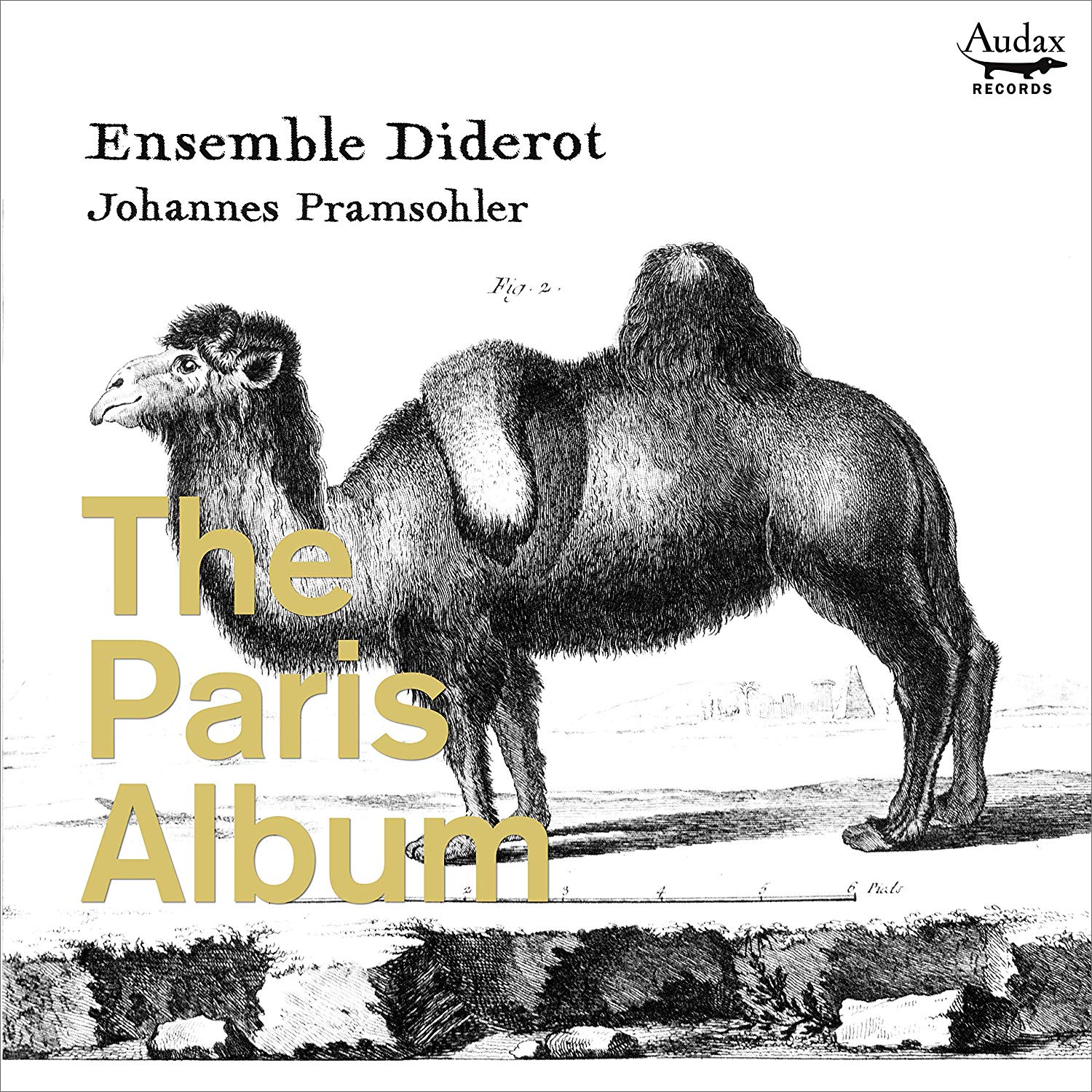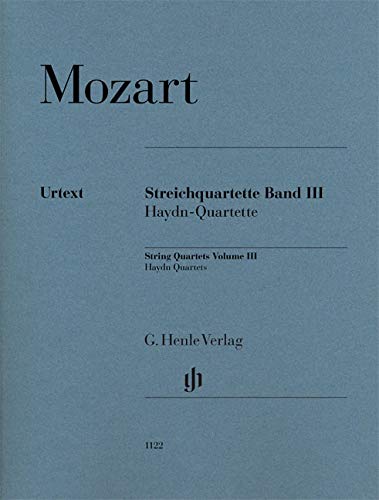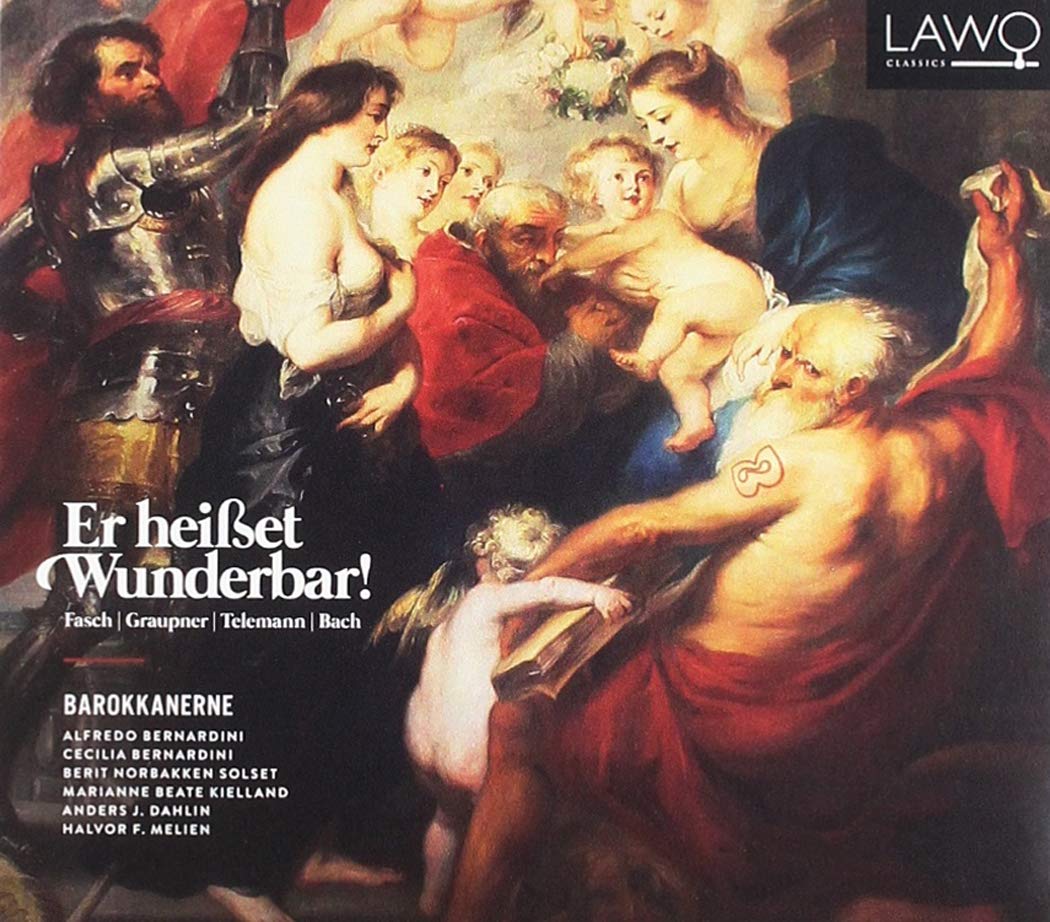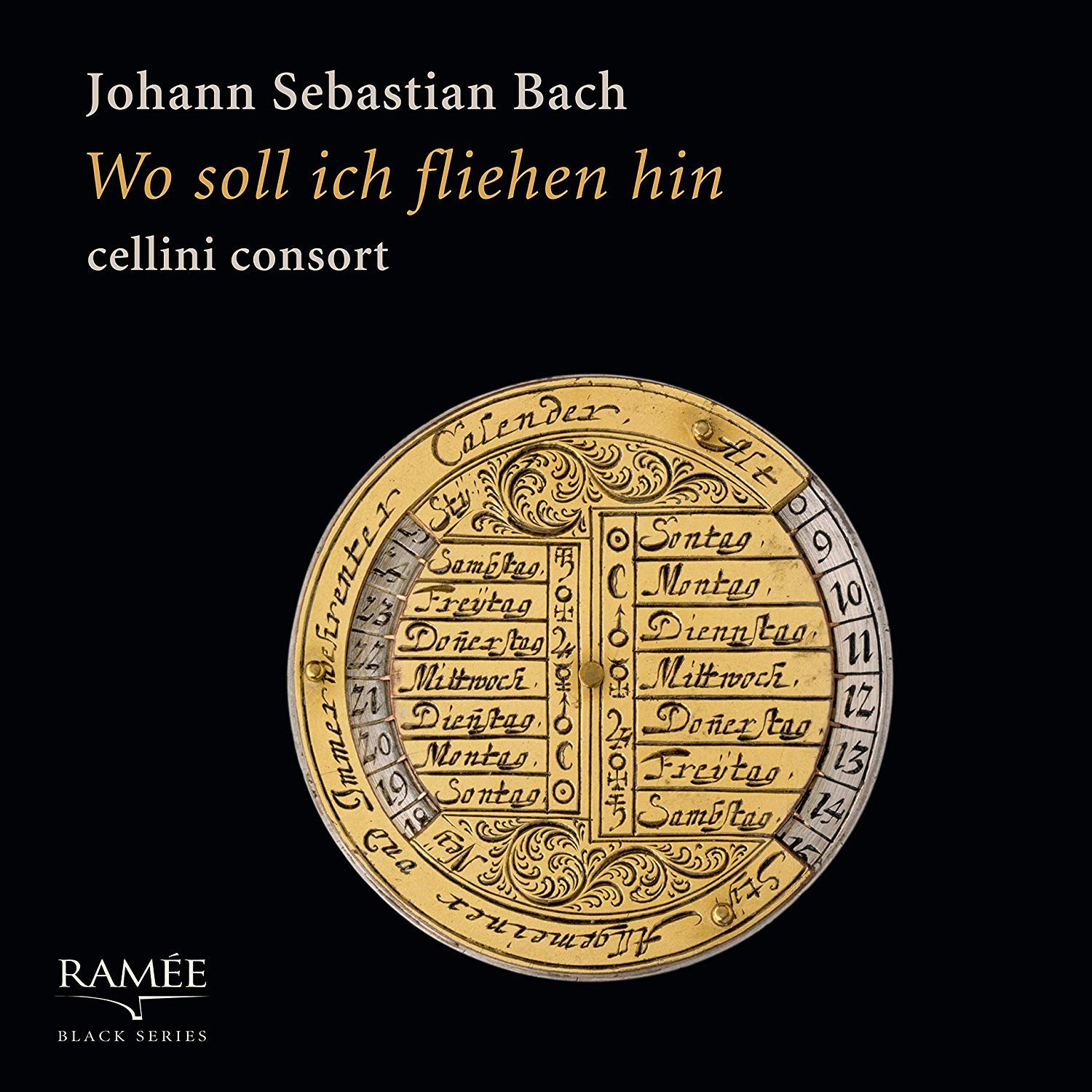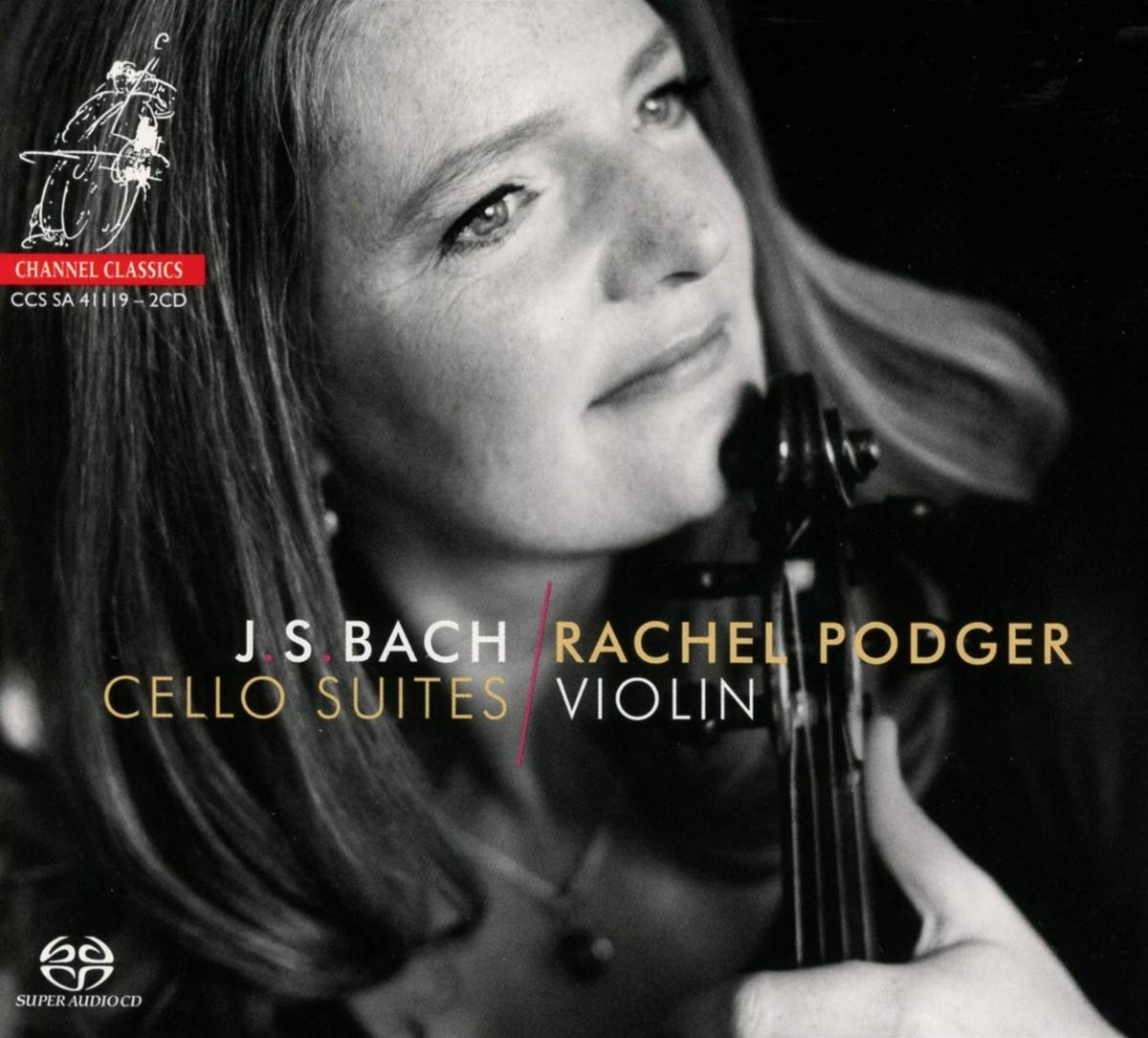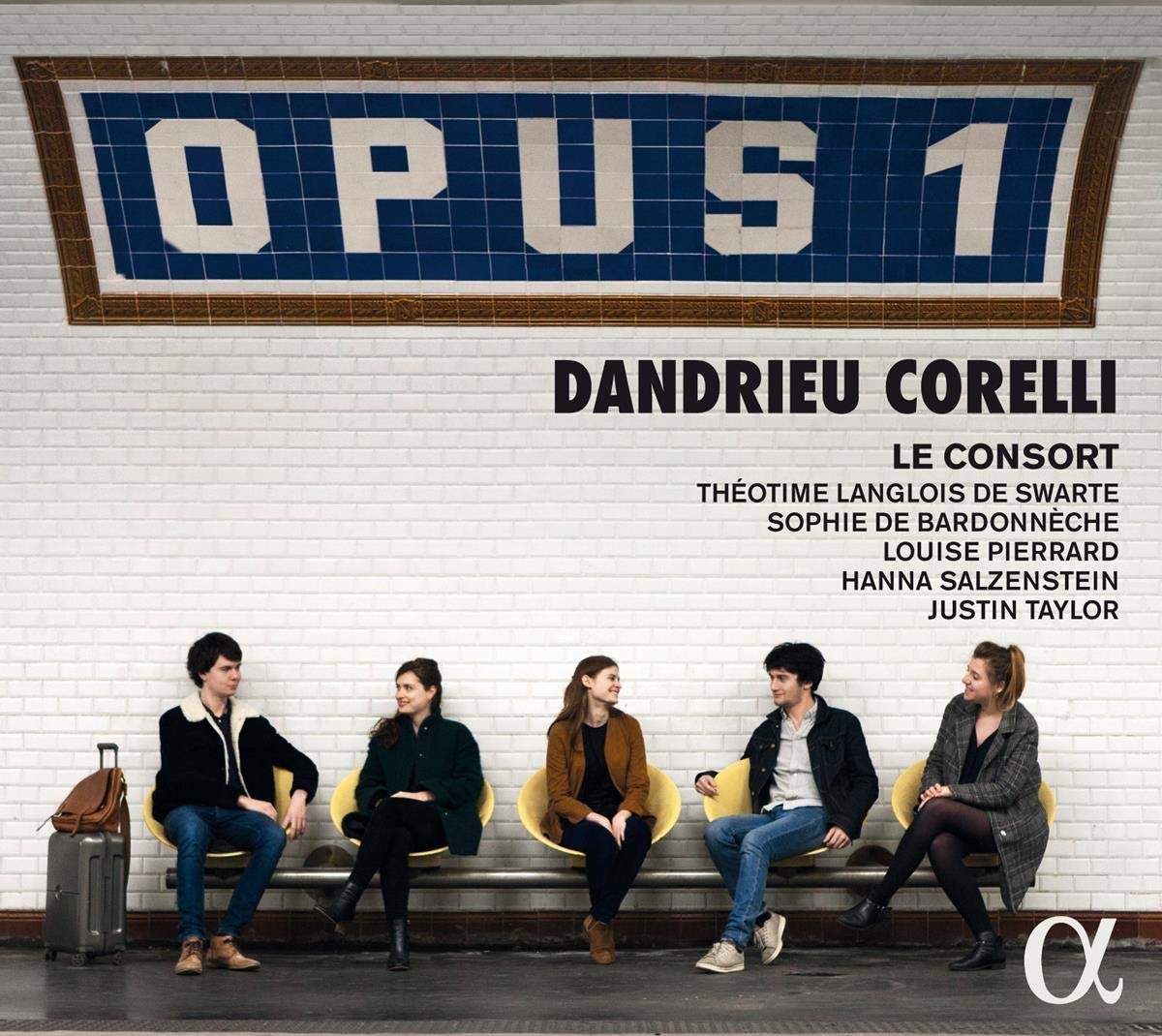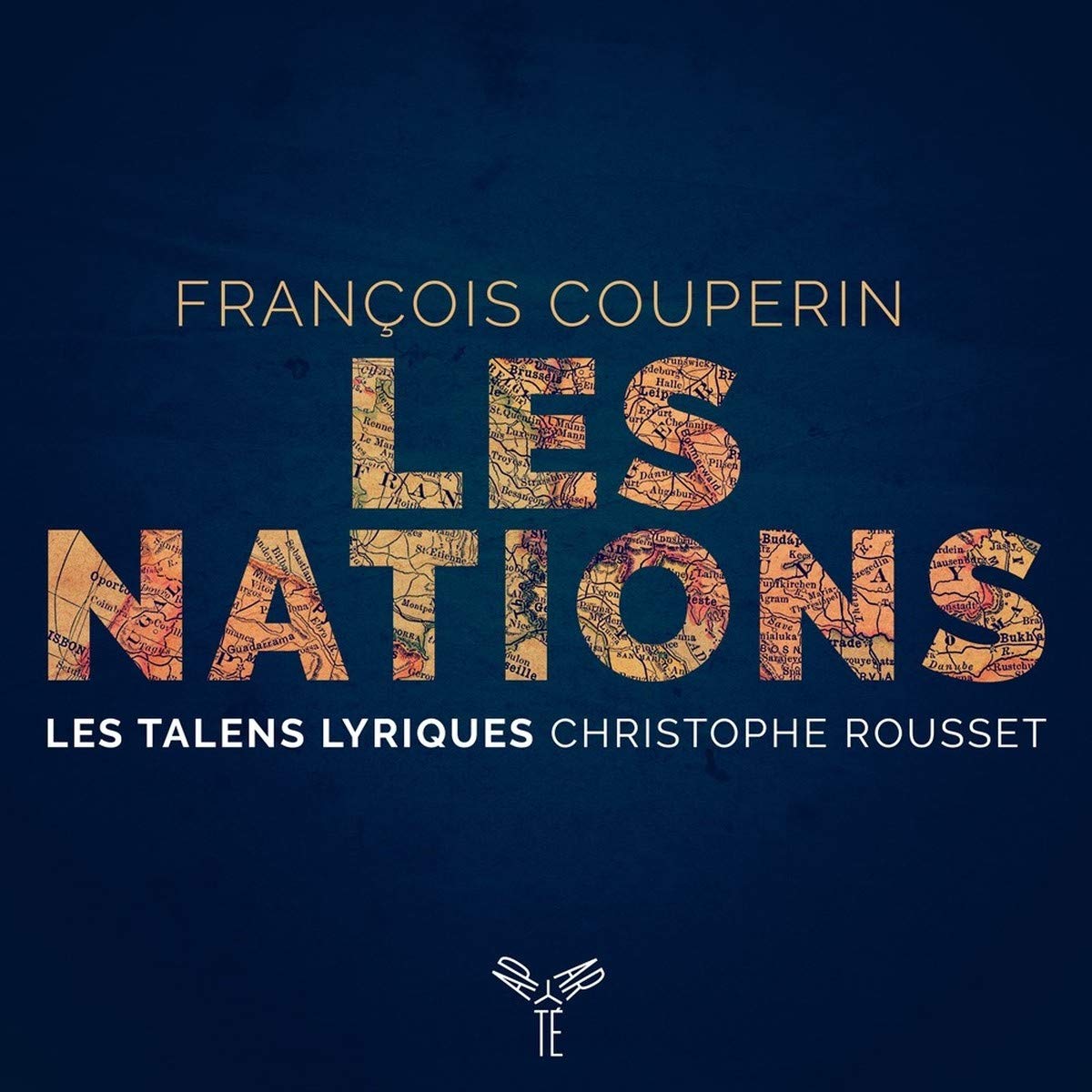The Paris Album
Ensemble Diderot
65:13
ADX 13717
The London Album
Ensemble Diderot
66:10
ADX 13718
Many readers will own and still enjoy the three London Baroque recordings from ca. 2005 that explored the development of the trio sonata in England, France and Germany. They ranged widely (the English repertoire went back to Gibbons), an approach which these new releases (a Dresden-themed disc is already available) complement by focussing on the later 17th century. There is only one repertoire overlap with LB – Rebel’s Tombeau de Monsieur de Lully–- and four world premiere recordings are claimed on each disc, all of them strong pieces. Keller’s Ciaconna in G major in the London programme particularly impressed me, not least because of its unusual bass line which naturally broadens the harmonic potential of the work.
That same disc also includes three sonatas by Purcell, all very fine but also already much-recorded. Was there no other suitable repertoire of quality? It’s hard to believe that, for example, Draghi’s excellent work was just a flash in the pan. The Paris programme resists the pull of the biggest name (just one sonata by François Couperin) but does give us two pieces by Brossard (whom we perhaps think of as a man who wrote words rather than notes) which are consistently engaging, especially when the bass viol is liberated from its continuo role to become an obbligato voice in the tenor register, a device also used by Blow in London.
I do applaud the ensemble’s straightforward approach to instrumentation – the two violins on the upper parts and just a harpsichord for the continuo realisation. The bass line enjoys the finesse of a gamba in the French programme and bass violin/cello in London but would an appearance by the gamba and perhaps a chamber organ in that programme have been appropriate? The actual playing is terrific – fantastic ensemble even at high speed and excellent tuning. There are a few flourishes from the harpsichord which felt a bit 18th century but that won’t stop me splashing the stars, not least because the booklet notes are for once decently written, decently translated and useful!
David Hansell
[Editorial note: In the early days of the online version of EMR, we allocated stars to recordings so that reviewers could be clearer about where they had found virtue and where they had found it wanting. (It also gave lazy readers a quick and easy way to decide if they wanted to buy it or not!) David rarely gave five stars in any category to any recording; for these two, he awarded the full quota across the board, so while he didn’t explicitly say so, I think you could say these two disc really excited him.]
